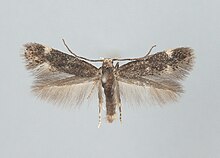
Elachista argentella is a moth of the family Elachistidae found in all of Europe, except the Balkan Peninsula.
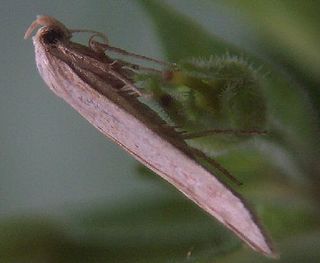
Elachista rufocinerea is a moth of the family Elachistidae found in Europe.

Elachista atricomella is a moth of the family Elachistidae that is found in Europe.

Elachista gleichenella is a moth of the family Elachistidae found in most of Europe.

Elachista serricornis is a moth of the family Elachistidae found in Europe.

Elachista eleochariella is a moth of the family Elachistidae found in Europe and North America.

Elachista alpinella is a moth of the family Elachistidae found in Europe and North America.
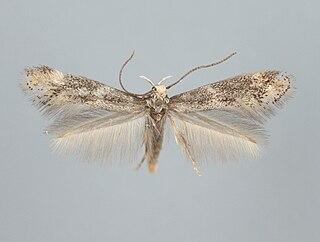
Elachista canapennella is a moth of the family Elachistidae found in Europe.

Elachista freyerella is a moth of the family Elachistidae that is found in all of Europe, except the Balkan Peninsula. It is also found in North America.

Elachista albifrontella is a moth of the family Elachistidae found in Europe.

Elachista utonella is a moth of the family Elachistidae found in Asia and Europe.

Elachista subnigrella is a moth of the family Elachistidae found in Europe.

Elachista poae is a moth of the family Elachistidae found in Europe.

Elachista obliquella is a moth of the family Elachistidae found in Europe.

Elachista kilmunella is a moth of the family Elachistidae found in Europe.
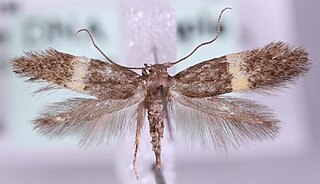
Elachista gangabella is a moth of the family Elachistidae. It is found in all of Europe, except the Iberian Peninsula.

Elachista consortella is a moth of the family Elachistidae. It is found in most of Europe, except most of the Balkan Peninsula, Poland, Latvia and Finland.

Elachista cinereopunctella is a moth of the family Elachistidae found in Europe.
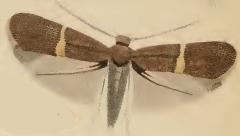
Elachista bisulcella is a moth of the family Elachistidae that is found in Europe.

Elachista biatomella is a moth of the family Elachistidae found in Europe.
